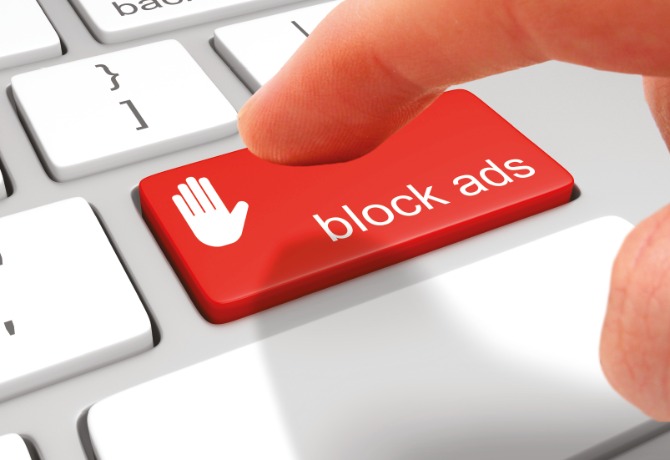Amy Maxwell, global media coordinator at Swiss luxury brand Bally, explores how advertisers can fight back against ad blockers and regain the trust of consumers.
Working in the digital advertising sector right now means that, like never before, we have to control and take responsibility for our online actions.
Publishers, media owners, tech-companies, agencies and brands alike are all jointly to blame for the current ad blocking battle ground. But what can we realistically do to restore the consumers’ faith in the industry?
A few years ago, we collectively disregarded ad blockers as nothing to worry about. However, the Internet Advertising Bureau’s latest snapshot of ad blocking shows that 22% of British web users over 18 years-old are currently using software to strip ads from digital content. This equates to about 9.2 million of the 41.8 million UK adults who use the internet.
If this wasn’t enough, Three UK’s latest collaboration with Shine Technologies on implementing ad blocking technologies across their networks spells more trouble for the digital advertising industry.
“As advertisers, we are ultimately on the verge of funding a dishonest system that is bound to monopolise those who will do anything it takes to break through the blocked wall”
In its press release, Three’s states: “Customers should be entitled to receive advertising that is relevant and interesting to them, and not to have their data experience in mobile degraded by excessive, intrusive, unwanted or irrelevant adverts.”
So, hold up a second, Three are promoting ad blocking, but then asking for money from advertisers to be added to a ‘white list’? If I’m understanding this correctly, and the answer is yes, let’s not beat around the bush and point out that this is practically extortion.
Either ad blocking does its job to the full capacity, otherwise, as advertisers, we are ultimately on the verge of funding a dishonest system that is bound to monopolise those who will do anything it takes to break through the blocked wall.
Industry disregard
So, here’s the thing: I genuinely believe our disregard for serving out millions of expandable ad impressions to our consumers and passing it off as “impactful” advertising is one of the major factors in what has contributed to millions of people blocking our ads once and for all.
In my opinion, there are two obvious routes that advertisers can work around the situation we’re facing now.
1 – The most talked-about solution is to start producing more native content that resonates with our consumers on a deeper level than just serving them an expandable banner.
This also forces us to start thinking more strategically and long-term about partnering with selected publishers to rework advertising as something more focused. However, in the world of clever targeting and where mobile video is leading the way in content consumption, we can (and should) go way beyond the historical advertorial.
2 – Another option is for publishers to try to counteract the situation by charging ad blocker-users for access, which is something Conde Nast’s GQ have already trialled.
Although this may feel hypocritical for some if we’re saying Three shouldn’t be allowed to charge advertisers to enter their restricted partially adblocked white listed zone. Perhaps the more practical option is the route US business magazine Forbes have taken, asking users to turn their adblockers off in exchange for an “ad-light” experience.
“From my own personal point of view, it’s never been more important to unite with publishers and media owners”
Of course there’s also the last option of holding all the key stakeholders in one room to discuss and find a solution and compromise together, but with commercial gain at risk, we can perhaps all agree this is fairly and sadly unrealistic at this stage.
From my own personal point of view, it’s never been more important to unite with publishers and media owners, to start creating content that is likely to give back something worthwhile and meaningful to our readers.
Something other than an intrusive banner, that will help to start regaining trust and respect from our customers, one slow step at a time.








